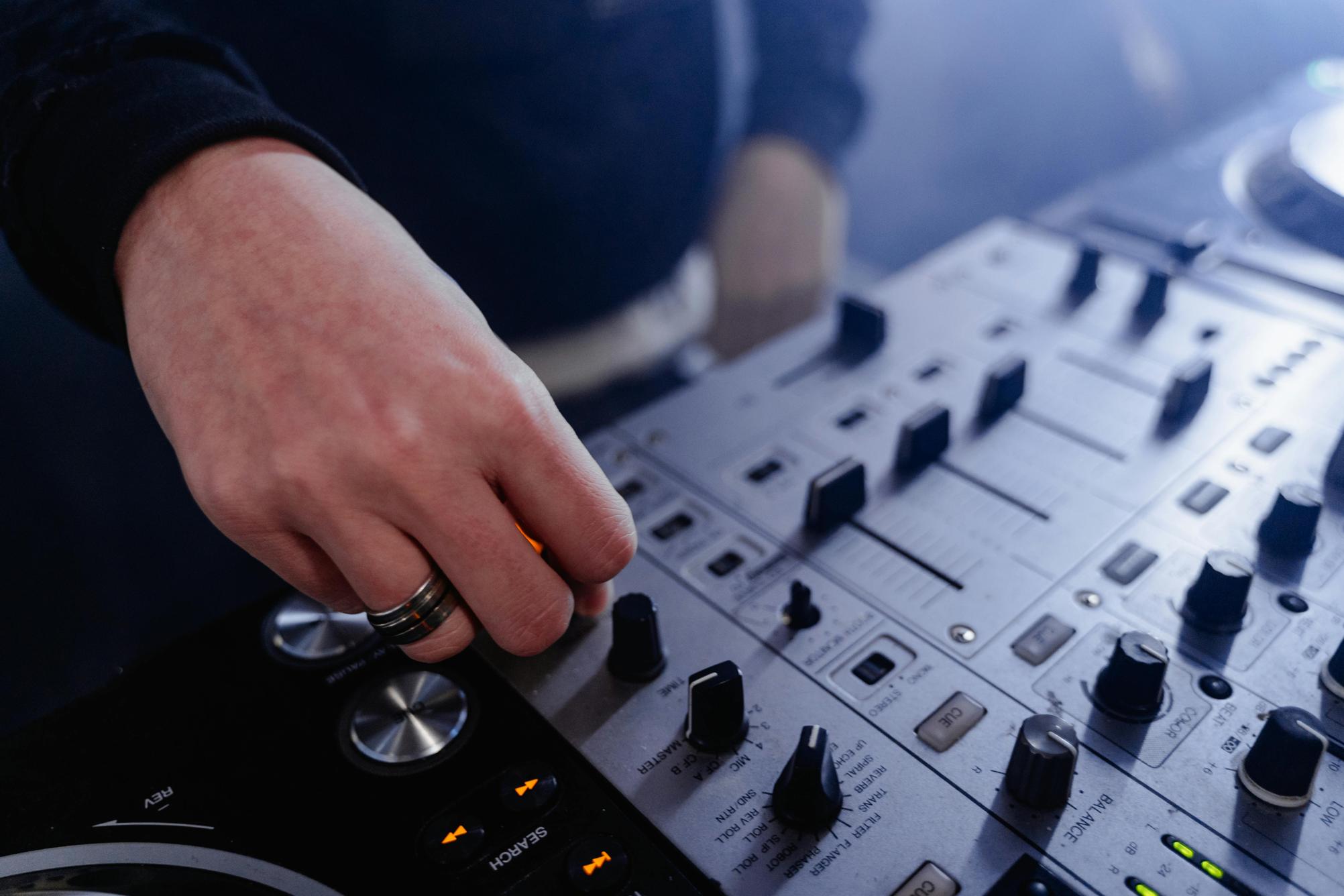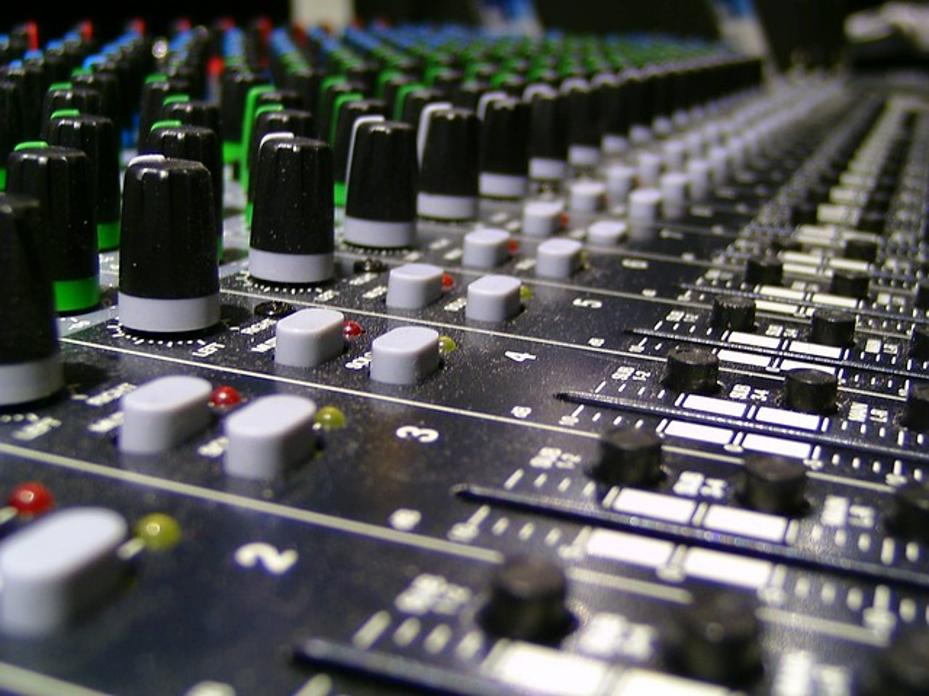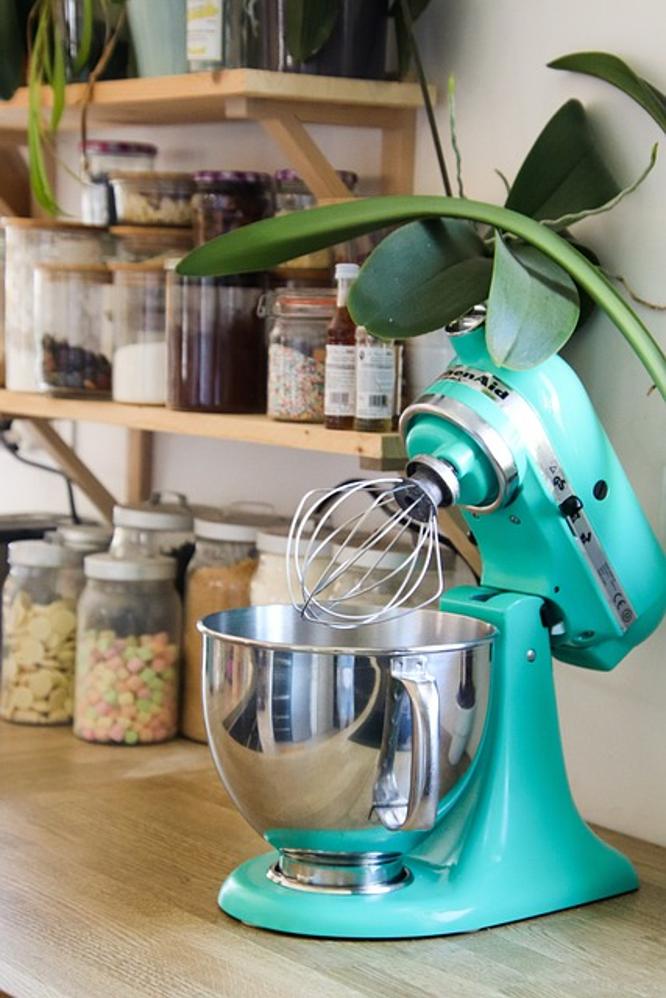Introduction
Mastering your KitchenAid mixer can revolutionize your kitchen routine. These versatile appliances simplify a range of tasks from mixing dough to making pasta. In this guide, we’ll walk you through every step of using a KitchenAid mixer, ensuring you get the most out of this essential kitchen tool.

Getting Started with Your KitchenAid Mixer
Before diving into your favorite recipes, proper setup is crucial for an effective and smooth experience with your KitchenAid mixer.
Unboxing and Initial Setup
Unbox the mixer carefully and lay all parts on the counter. Ensure you have the main machine, the bowl, and standard attachments like the flat beater, dough hook, and wire whip. Plug in the machine to a suitable power source.
Identifying Attachments and Accessories
KitchenAid mixers usually come with three standard attachments:
– Flat Beater: For mixing cookie dough, cake batter, and frostings.
– Dough Hook: Ideal for kneading yeast doughs.
– Wire Whip: Best for incorporating air into eggs and whipped cream.
Assembling Your Mixer for First Use
Position the bowl on the mixer stand and turn it clockwise to lock it into place. Attach the desired beater by pushing it onto the beater shaft and then twisting until it locks firmly.

Understanding Functions and Settings
Knowing how to handle the different functions and settings on your KitchenAid mixer allows for more efficient and versatile use.
Speed Settings Overview
Your mixer has multiple speed settings ranging from a slow stir to a fast whip.
– Speed 1-2: Best for slow stirring and combining.
– Speed 3-4: Ideal for mixing and beating.
– Speed 5-6: For whipping cream and egg whites.
– Speed 7-10: For fast whipping and incorporating air.
Locking and Unlocking the Mixer Head
Always ensure the mixer head is locked in place before operating. To lock, push the lever on the stand base to the lock position. Unlock it by pulling the lever back.
Adjusting the Beater Height
Adjust the height of the beater by turning the small screw located near the attachment shaft. This ensures the beater is close enough to thoroughly mix ingredients without touching the bowl.
Basic Mixing Techniques
Different recipes require specific mixing techniques to achieve the desired results.
Mixing Dough
- Attach the dough hook.
- Add your ingredients to the bowl.
- Start at a low speed (1 or 2) to combine ingredients.
- Gradually increase to medium speed (4 or 5) until the dough forms a ball and pulls away from the sides of the bowl.
Whipping Cream
- Use the wire whip attachment.
- Pour cold heavy cream into the bowl.
- Start at a medium speed (4 or 5) to mix.
- Gradually increase to high speed (8 or 9) until peaks form.
Stirring Batters
- Use the flat beater.
- Add all ingredients to the bowl.
- Start at a low speed (1 or 2) to avoid splashing.
- Increase speed as needed to thoroughly combine the ingredients.
Using Attachments for Advanced Cooking
To maximize your KitchenAid mixer’s potential, explore its various attachments designed for advanced culinary tasks.
Pasta Attachment
- Attach the pasta roller to the mixer hub.
- Prepare pasta dough and pass it through the roller at the lowest setting.
- Gradually increase the thickness setting on the roller, passing the dough through each setting.
Meat Grinder
- Attach the grinder to the mixer’s hub.
- Feed meat through the grinder, using the food pusher to press it down.
- Collect the ground meat in a bowl placed underneath.
Ice Cream Maker
- Freeze the ice cream bowl at least 15 hours in advance.
- Attach the dasher and bowl to the mixer.
- Pour in the ice cream mixture and mix on low speed until it thickens.
Tips for Efficient and Safe Usage
Following these tips ensures the longevity and efficient performance of your KitchenAid mixer.
Correct Speed Usage
Always match the speed setting to the task:
– Low speeds: kneading dough, stirring ingredients.
– Medium speeds: beating cakes and cookies.
– High speeds: whipping creams and egg whites.
Avoiding Overheating
Mix at high speeds for no longer than necessary to prevent the motor from overheating. For heavy tasks like kneading bread dough, give the mixer a break every 10 minutes.
Ensuring Mixing Consistency
Scrape the bowl periodically to ensure even mixing. For thick batters, stop the mixer occasionally to manually redistribute the ingredients.
Cleaning and Maintenance
Proper cleaning and maintenance extend the life of your KitchenAid mixer.
Cleaning After Each Use
Detach all removable parts and wash them in warm, soapy water. Wipe down the mixer unit with a damp cloth. Avoid immersing the machine in water.
Storing Your Mixer
Store the mixer in a dry, cool place. If possible, keep it covered to prevent dust from settling on the unit and attachments.
Routine Maintenance Checks
Regularly inspect the mixer for loose parts, unusual noises, or wear. Tighten any loose screws and contact KitchenAid support for any significant issues.
Troubleshooting Common Issues
Quick fixes for some common problems can save time and hassle.
Mixer Not Turning On
Ensure it’s plugged in correctly and the outlet is functioning. If it still doesn’t turn on, check the circuit breaker.
Unstable Mixer
If the mixer wobbles, check that it’s on a flat surface and the bowl is securely locked into place.
Addressing Overheating
Allow the mixer to cool down if it overheats. Ensure proper ventilation and avoid overloading the mixer.

Conclusion
By following this comprehensive guide, you can confidently operate your KitchenAid mixer to its full potential. Whether you’re a novice or a seasoned cook, mastering this versatile tool can elevate your cooking experience.
Frequently Asked Questions
How long can I leave my KitchenAid mixer running?
It’s best not to run the mixer at high speeds for more than 10 minutes to prevent overheating.
Can I use my KitchenAid mixer to make bread dough?
Absolutely! Use the dough hook attachment for best results when kneading bread dough.
How do I adjust the beater height on my KitchenAid mixer?
Turn the screw near the attachment shaft to raise or lower the beater and ensure it’s at the correct height.
